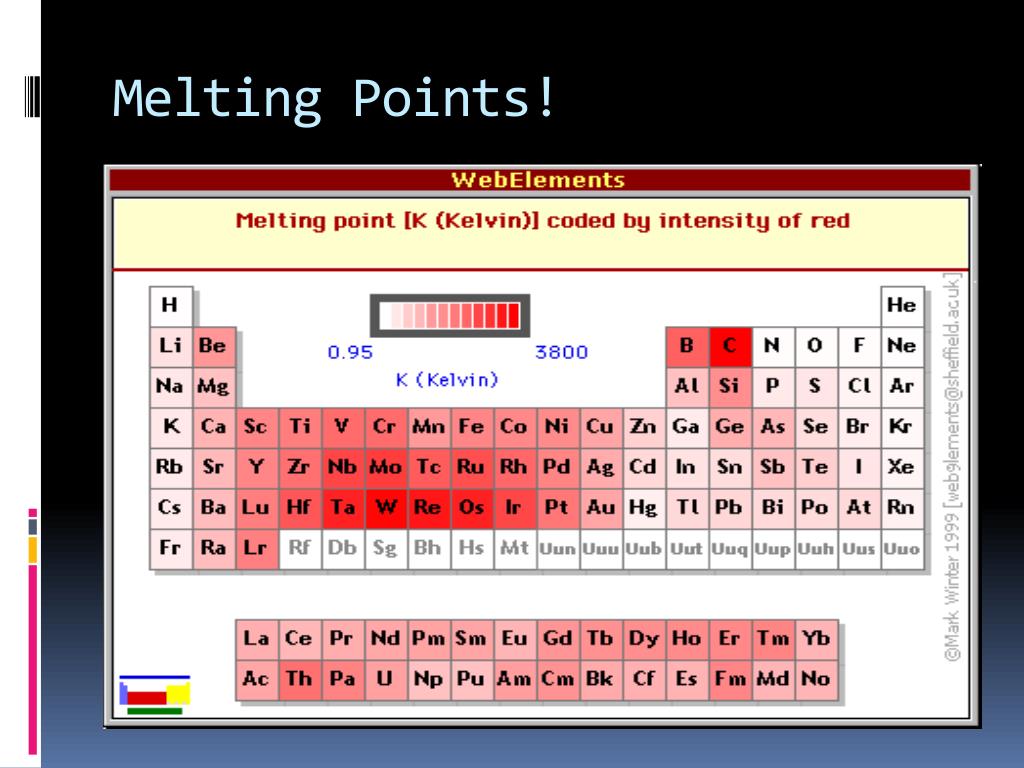
PPT Melting Point and Boiling Point PowerPoint Presentation, free download ID2326555
temperature [15,30]. As the melting point of synthetic fibers is relatively low, the presence of fibers in a concrete composite subjected to elevated temperature affects the mechanical properties of the concrete composite, particularly residual compressive strength, modulus of elasticity and splitting tensile strength [4].

Melting Point Tutorial YouTube
If during curing the concrete is allowed to dry out, as may happen in hot weather, the chemical change stops right at the point where the concrete loses its moisture. The ideal curing temperature is 23°C. Cure concrete for at least 7 days. Note: 35°C is the maximum concrete temperature for field placing allowed under AS1379.
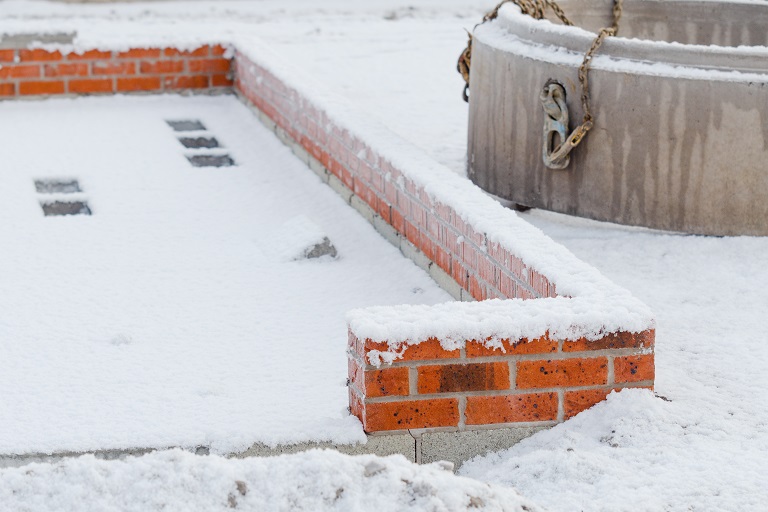
How To Choose the Right Ice Melt for New Concrete?
2nd September 2023 Melting Point of Concrete: Important Point The melting point of a substance is the point at which it changes from a solid to a liquid state. It is compared to the freezing point, where a sense turns liquid into a solid.
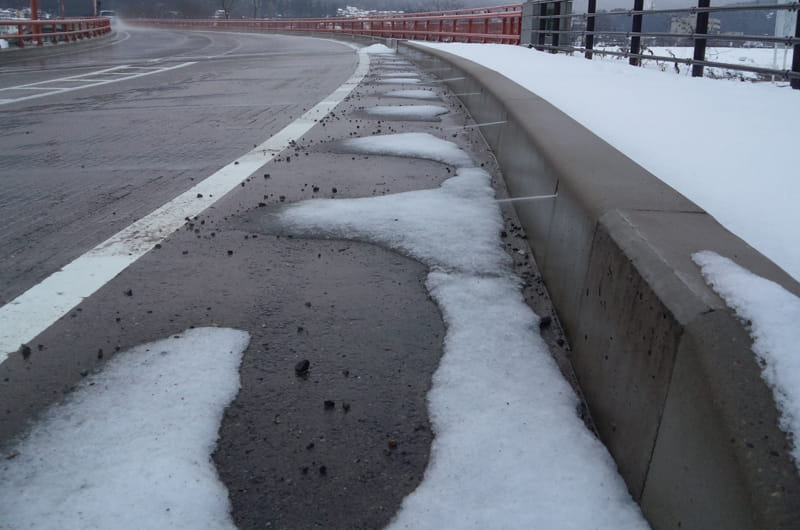
Wax On, Melt Off — Researchers Find Adding Paraffin to Concrete Can Help Roads Clear Themselves
Readers ask: What Is The Melting Point Of Concrete? Dr. Juan A. Haener Blog Contents [ hide] 1 What temperatures can concrete withstand? 2 What is the boiling point of cement? 3 How hot can Concrete get before it cracks? 4 At what temperature does concrete explode? 5 Will concrete cure at 30 degrees? 6 How do you make concrete heat resistant?
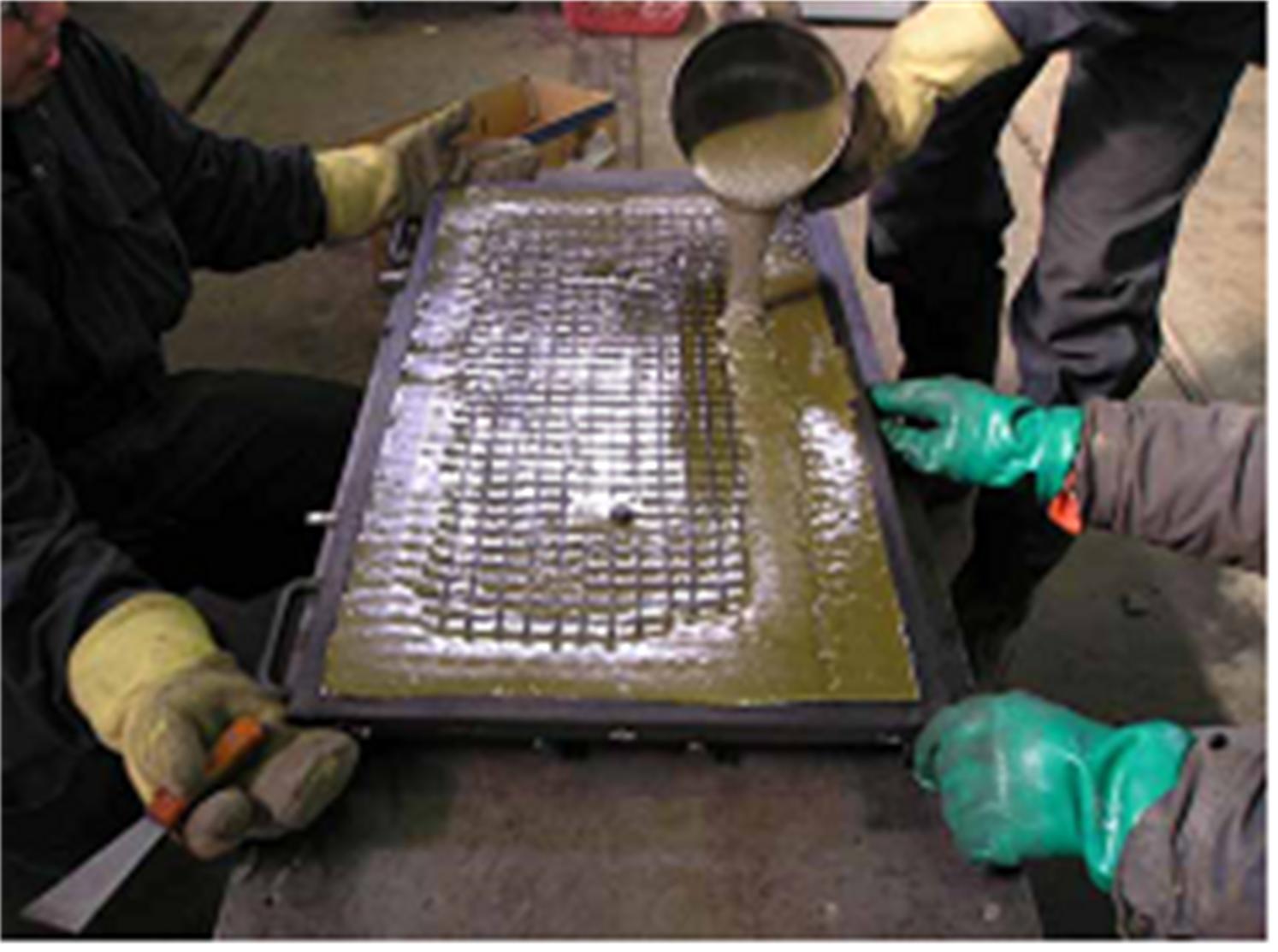
Photograph3 Melt pouring
The melting point of a substance is the point at which it changes state from a solid to a liquid. This can be contrasted with a freezing point where a substance changes from a liquid to a solid. For most substances, the freezing point is the same as the melting point because the number is given as the equilibrium point between the two states.

Overcrowded Melting Point Pt. 1 campestre.al.gov.br
Additionally, guidance and best practices will be shared to support civil engineers in achieving optimum temperature control for concrete structures. The ideal concrete temperature range before concrete pouring is between 27-35 degrees Celsius. This range allows for the hydration process to occur properly, which is essential for the strength.
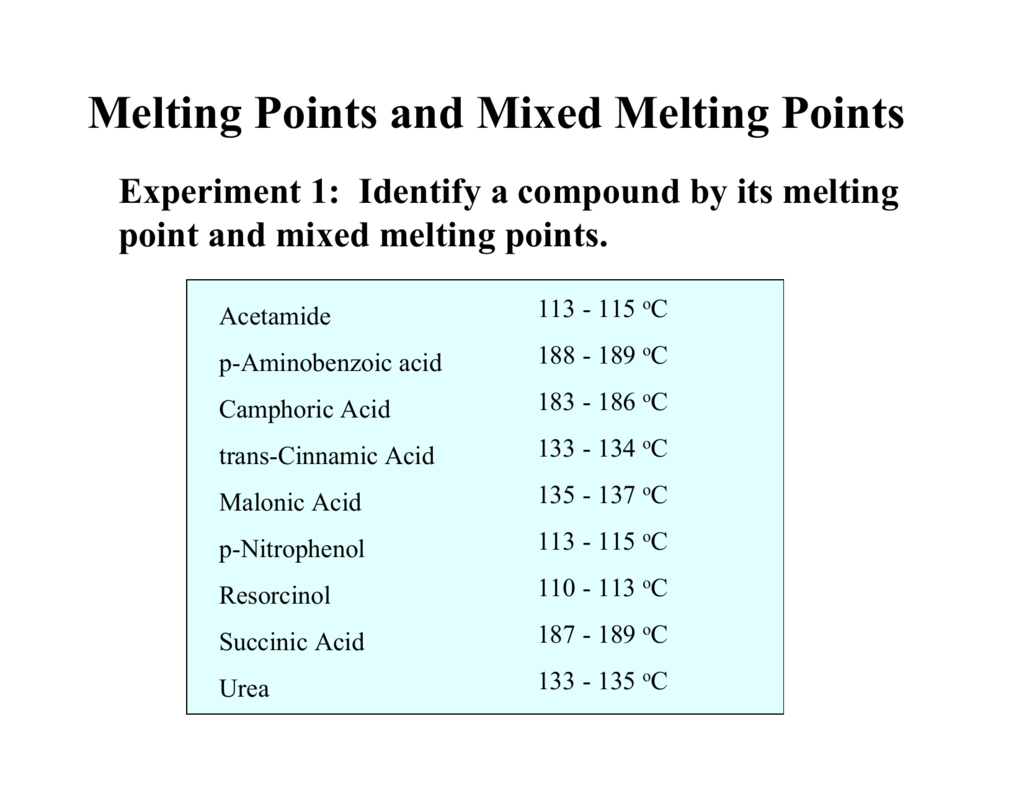
Melting Points and Mixed Melting Points
What Is the Melting Point of Concrete? Concrete does not actually have a melting point, but it decomposes into various components due to the makeup of concrete, which is mostly sand and gravel with Portland cement added. A temperature of thousands of degrees Fahrenheit is needed to decompose concrete. As heat is applied to concrete, it breaks down.

Melting Point Apparatus Shwe Chan Thar Engineering
Product Name: Concrete Mix Other Names: Tradies Own Concrete Extra Strength Concrete Mix Extra Strength PRO-50 Concrete Mix Use: Concrete Mix is used to produce concrete. Section 2: Hazards Identification Hazardous Substance. Non-dangerous Goods A low proportion of the fine dust in the supplied dry product will be respirable crystalline silica.

Asphalt Concrete Density, Strength, Melting Point, Thermal Conductivity
Cement: the melting point of traditional cement is around 1,550 degrees Celsius. Aggregates: given that sand is one of the most commonly used aggregates in concrete, and silica is one of the most dominant elements of sand, we will use the melting point of silica as a guide, which is around 1,710 degrees Celsius.
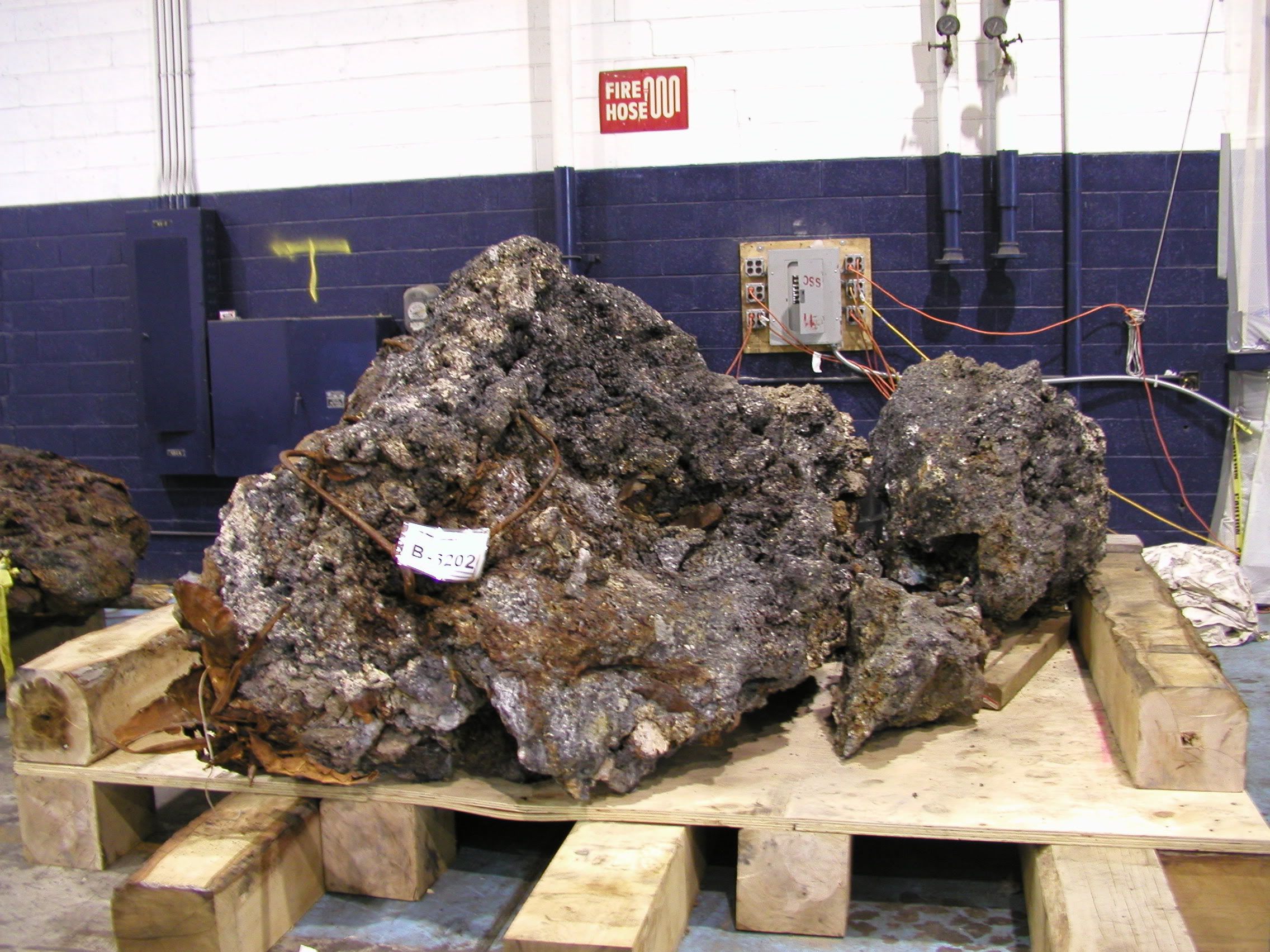
Does concrete melt? Page 2 Metabunk
1 Form, 2 Minutes, 3 Free Quotes Top 10 Local Concretors.
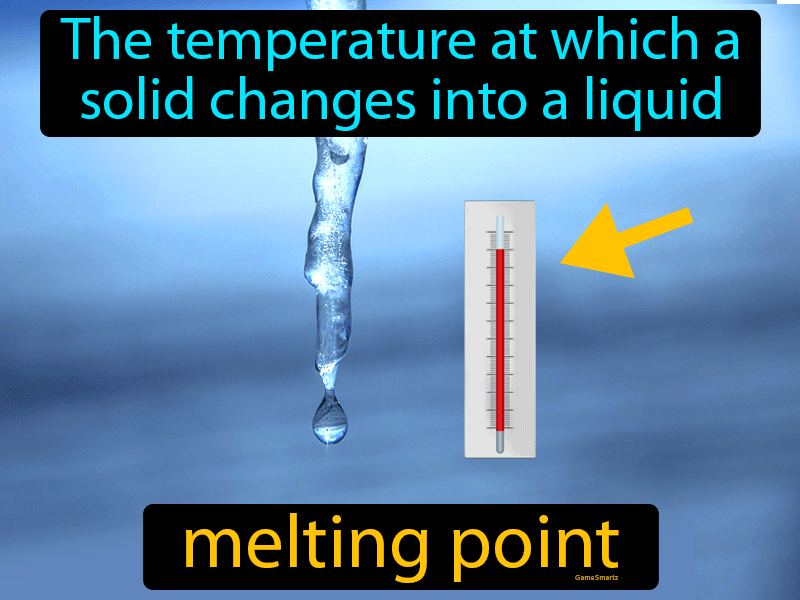
Melting Point Definition & Image GameSmartz
September 16, 2023 0 Table of Contents Melting Point of Concrete: The melting point of concrete in fahrenheit, like other substances, is the point at which it changes from a solid to a liquid state. It is compared to the freezing point, where a sense turns liquid into a solid.

Melting Concrete At 1000 Degrees !! YouTube
Concrete - Melting Point. Melting point of Concrete is 1527 °C. Note that, these points are associated with the standard atmospheric pressure. In general, melting is a phase change of a substance from the solid to the liquid phase. The melting point of a substance is the temperature at which this phase

Melting Point Infogram
concrete, PCM materials exhibit a discontinuous heat-storage capacity as illustrated in Figure 1. At temperatures below and above the PCM melting point, concrete has a higher heat-accumulation capacity than the plasterboard with PCM. But at the melting point the plasterboard with PCM can accumulate a very high amount

Determination of Melting Point YouTube
Solution: Density is defined as the mass per unit volume. It is mathematically defined as mass divided by volume: ρ = m/V As the volume of a cube is the third power of its sides (V = a 3 ), the height of this cube can be calculated: The height of this cube is then a = 0.747 m. Density of Materials Mechanical Properties of Concrete
Factors Affecting Melting Point Definition, Examples, Diagrams
The Fahrenheit temperature threshold for concrete Applications and implications of concrete melting point Brief explanation of the concept of melting point The melting point refers to the temperature at which a solid substance changes its state from solid to liquid.
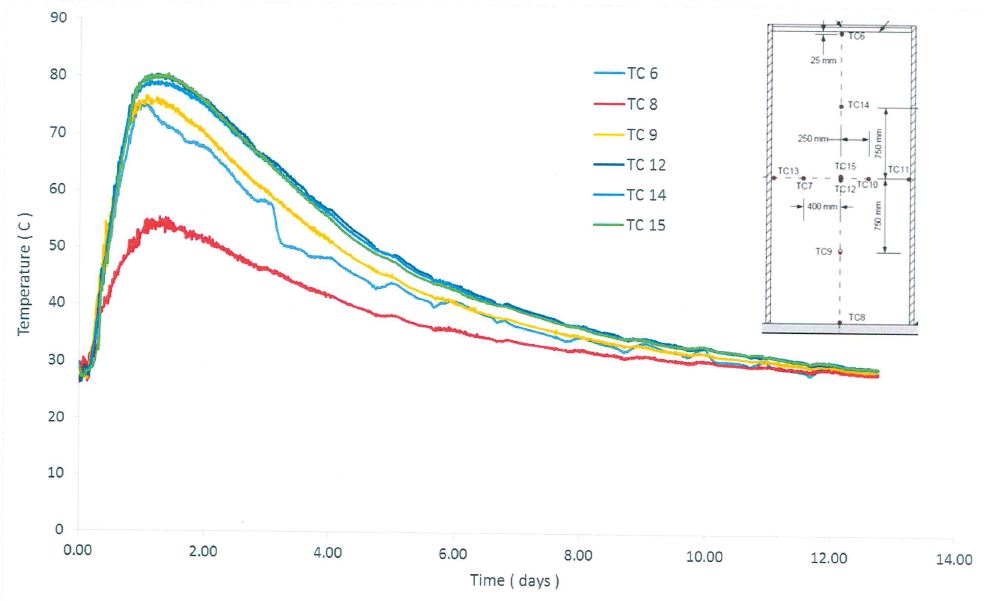
Thermal Cracking of Concrete [a detailed study] Structural Guide
Can Concrete Melt? Yes, concrete can melt, although at very high temperatures. Scientists cannot conclusively give the exact melting point of concrete. The figure varies based on the concrete's components. The melting point of concrete lies between 1500ºC and 1650 ºC.